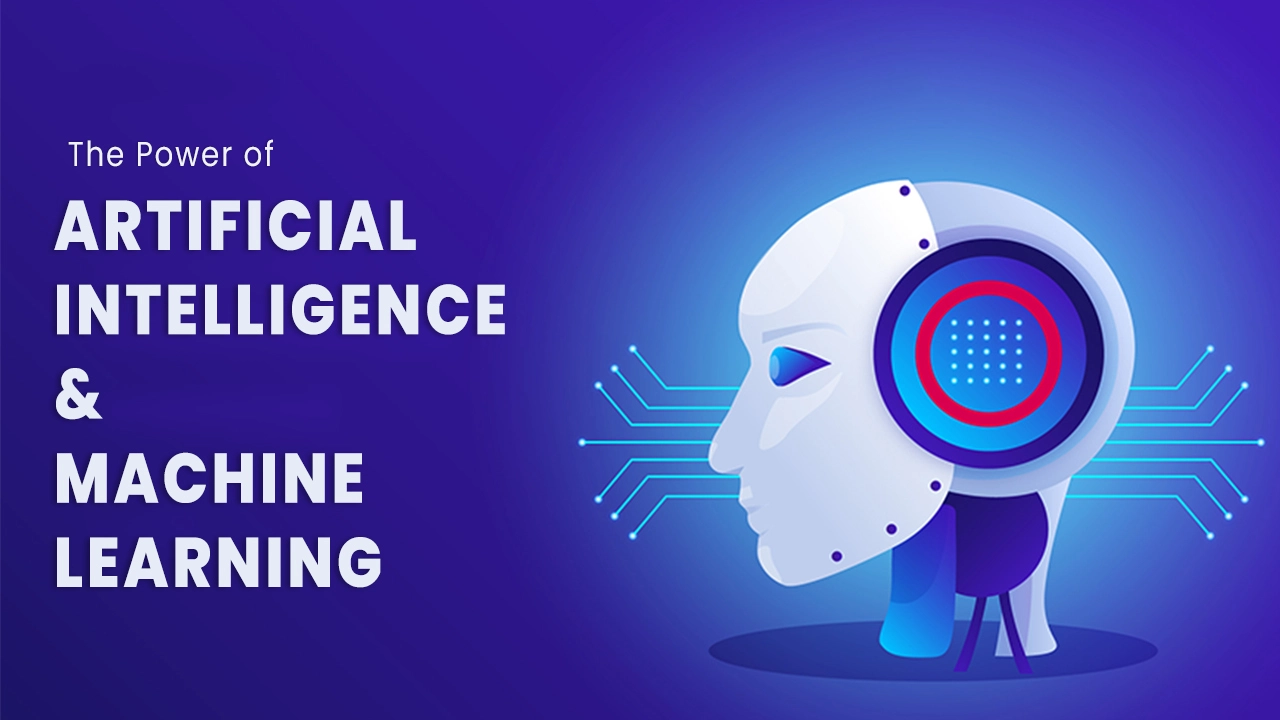
Lovehermerch
SeguirVisión de conjunto
-
Sectores Diseñador Creativo
-
Trabajos publicados 0
Descripción de la compañía
The Chinese Ai Company Trump Claims is a ‘Wakeup Call’ To Silicon Valley
DeepSeek states its most recent AI design is as great as those of its American competitors, was more affordable to build and it’s available free of charge. What does that mean for US AI supremacy?
A Chinese company called DeepSeek, which just recently open-sourced a big language model it claims carries out in addition to OpenAI’s most capable AI systems, is now the white hot focal point for the AI community. Its tech is being lauded as one of the very best open-source challengers to leading American AI models, stoking anxieties about China’s formidability in the heightening international AI race and spurring U.S. startups to re-examine their own work after a foreign competing relatively did so far more with so fewer resources.
In late December, the small Chinese lab, based in Hangzhou, released V3, a language design with 671 billion specifications, which was reportedly trained in two months for simply $5.58 million. That’s a cost orders of magnitude less than OpenAI’s GPT-4, a larger design at an estimated 1.8 trillion specifications, but developed with a $100 million price. Recently, DeepSeek tossed down another gauntlet, launching a design called R-1, which it claims rivals OpenAI’s o1 design on what’s called “reasoning jobs,” like coding and resolving intricate mathematics and science issues. OpenAI charges users $200 per month for such models; DeepSeek uses its own totally free.
The power of DeepSeek’s model and its rates are currently moving the method American AI startups run their organizations. It’s a cheap, engaging alternative to offerings from incumbents like OpenAI, Jesse Zhang, CEO of Decagon, which constructs AI agents for customer care, told Forbes. new design will likely force American AI giants like OpenAI and Anthropic to reevaluate their own rates.
Eiso Kant, CTO and co-founder of Poolside AI, a unicorn that builds AI for software engineering, told Forbes that DeepSeek’s strength remains in its engineering ability to do more with less.
“What DeepSeek is showing the world is that when you put a strong focus on making your training compute-efficient, you can do a lot,” he said. “There’s amazing things that you can continue to eject of these Nvidia chips to make them exceptionally more efficient.”
“It’s type of wild that someone can enter and spend numerous millions of dollars for a closed source model. And after that suddenly you get an open-source one that’s simply out there free of charge.”
With OpenAI’s o1 model presumably bested on specific benchmarks, some start-ups have already begun acquiring information to train advanced systems, Manu Sharma, CEO of information labeling company Labelbox informed Forbes. “I believe the AGI race is type of reset in lots of ways,” he said. “We are going to just see far more competitiveness throughout the board.”
Alexandr Wang, the billionaire CEO of training information behemoth Scale AI, just recently called the design “earth shattering.” And Aravind Srinivas, CEO of $9 billion-valued AI search start-up Perplexity has actually stated that he plans to incorporate the design into the main search item. AI chip business Groq has actually currently included DeepSeek’s R1 model to its language processing systems. (In June, Forbes sent out Perplexity a cease and desist after implicating the start-up of utilizing its reporting without authorization.)
Others are less impressed. Writer CEO May Habib informed Forbes she’s not surprised that DeepSeek’s models, trained on a significantly smaller sized spending plan, have the ability to match the most smart models in the US. In October, Writer launched a design that was trained with just $700,000, when it cost $4.6 million for OpenAI to build a model with similar capabilities. The company used artificial data to reduce its training expenses.
“Even before DeepSeek’s model blew up on the scene, we have been stating that these models are commoditizing. They’re getting increasingly more dispersed,” Habib said.
Over the weekend, as buzz about the business grew, DeepSeek went beyond ChatGPT on Apple’s app store, ranking No. 1 totally free app downloads in the United States. Then, on Monday, numerous U.S. tech stocks nosedived as panic around DeepSeek’s effective model launch spread. By day’s end, AI chip leviathan Nvidia’s market cap had been shaved down nearly $600 billion.
It was an incredible upending of the AI world order. “It’s sort of wild that someone can go in and invest hundreds of millions of dollars for a closed source design,” Greg Kamradt, president of ARC Prize, a nonprofit that criteria AI designs, told Forbes. “And then all of an abrupt you get an open-source one that’s just out there free of charge.”
For weeks DeepSeek’s designs have actually been admired by a few of the most prominent names in the AI world consisting of Meta’s chief AI scientist Yann LeCun, OpenAI cofounder Andrej Karpathy and Nvidia’s senior research study scientist Jim Fan. But news of the business’s newest accomplishment has actually sent out America’s AI heavyweights scrambling to find out just how the Chinese company is getting such outstanding outcomes while investing a lot less cash.
“Deepseek R1 is AI‘s Sputnik minute,” investor-billionaire Marc Andreessen wrote on X.
“The release of DeepSeek, AI from a Chinese company, ought to be a wakeup require our industries that we require to be laser-focused on contending to win.”
Despite the pomp and bombast of the Trump administration’s current AI announcements, DeepSeek has increased fears that the U.S. might be losing its AI edge – especially due to the fact that it’s been so effective in spite of the tight US export controls that avoid it from using Nvidia’s cutting-edge AI chips. The company’s latest achievement is a sobering counterpoint to Project Stargate, a joint venture in between OpenAI, Oracle and Japanese tech conglomerate Softbank, to invest $500 billion in AI infrastructure.
Ahead of a conference with House Republicans in Florida on Monday, Trump acknowledged the hazard. “The release of DeepSeek, AI from a Chinese company, need to be a wakeup call for our markets that we require to be laser-focused on competing to win,” he said.
There are caveats to DeepSeek’s latest achievement. Researchers have actually discovered its AI designs tend to self-censor on subjects that are sensitive to the Chinese Communist Party (CCP). Security scientist Jane Manchun Wong informed Forbes DeepSeek’s models do not react to concerns about Chinese President Xi Jinping and the 1989 Tiananmen Square demonstrations. Beyond this, there are personal privacy issues. Data entered into DeepSeek’s designs is saved in servers located in China, according to its policies.
Divyansh Kaushik, a vice president at national security advisory firm Beacon Global Strategies cautioned Forbes versus individuals using DeepSeek without extensive vetting. “Unless we can have clear national security and free speech assessments of Chinese designs, they need to be treated like propaganda arms of the CCP,” he stated. “They ought to be treated as Huawei on steroids.”
The problem is DeepSeek’s value proposition: a state of the art AI thinking model that’s totally free to use and open in the closed, fee-based AI world being developed by companies like OpenAI and Anthropic. “It’s better to have a Chinese model that is open source versus an American design that is closed source,” said Labelbox’s Sharma.








